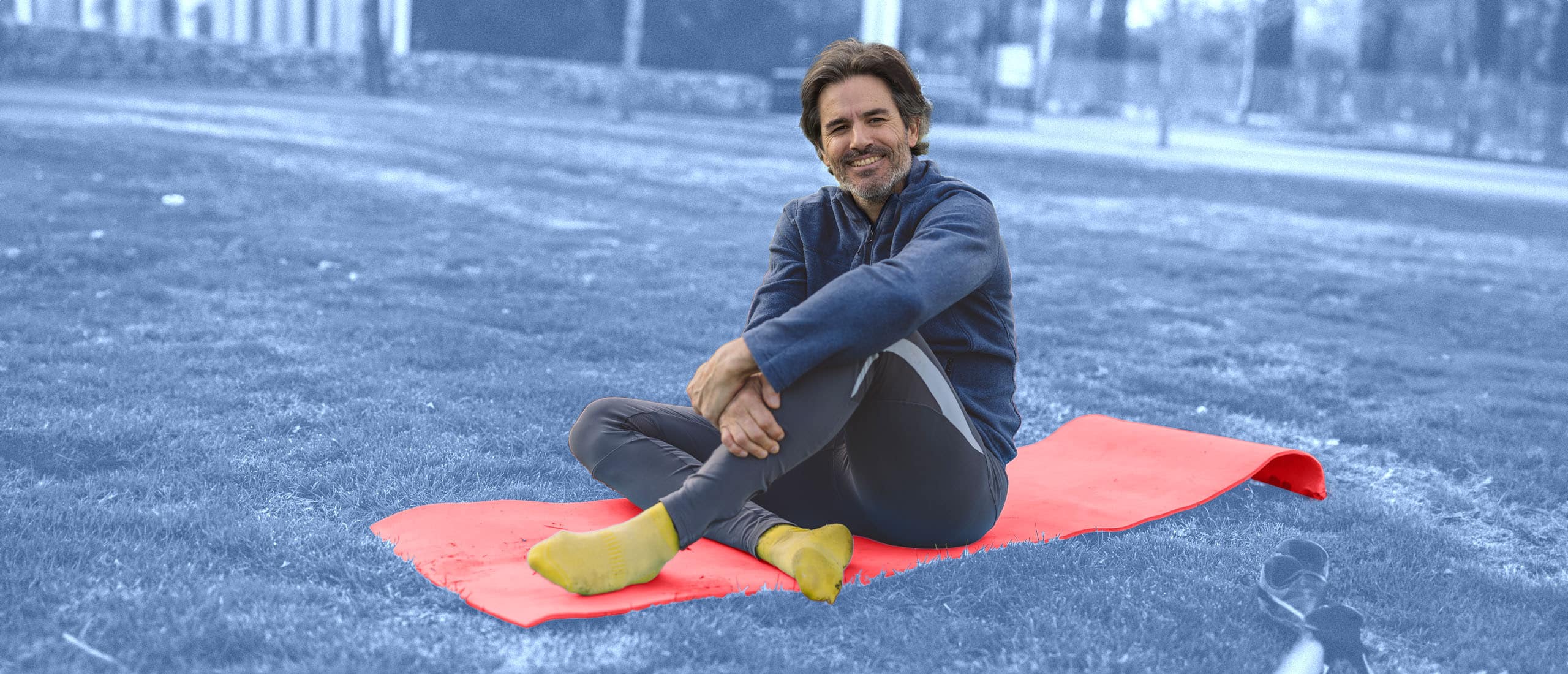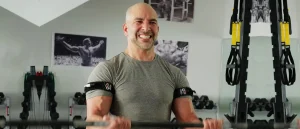I Tried PEMF Therapy. Here’s How the Drug-Free Pain Management Solution Might Help You
- By Rebekah Harding
- Fact-checked by Joy Ferguson
- July 26, 2023
After a long morning of interviews and trying out product demos at the 9th Annual Biohacking Conference in Orlando, Florida, I was exhausted. My back was cramping from a long stint at the airport and a bad sleep on a decades-old motel mattress the night before.
As I made a beeline towards an empty couch in the corner, I spotted a roped-off display of conference goers sprawled out on what looked like massage tables and chairs. Intrigued, I grabbed a product brochure and plopped into one of the azure, comfy but distinctly medical-in-appearance, lounge chairs.
Unbeknownst to me, this wasn’t just a pricey, ergonomic chaise—the chairs administered an emerging pain relief tool called pulsed electromagnetic field, or PEMF, therapy.
What is PEMF Therapy?
One of the display attendants explained to me that PEMF therapy is commonly used in European medical practices to support healing from trauma or nerve degeneration.
Put simply, this treatment claims to give cells a “refresh” by accelerating the removal of inflammatory substances, without invasive measures, by sending currents through your body via a small magnetic device. According to a study in the American Journal of Translational Research, this may aid in your body’s release of nitric oxide, a compound that may reduce inflammation and speed up the healing process after an injury (1).
I switched on the magnetic pulses using a panel on the side of the chair. The sensation itself was similar to sitting in a massage chair cranked to the highest setting. My heart rate jumped and I felt more awake. Hard to say if that was from the PEMF chair or from me taking advantage of the free Danger Coffee stands at every corner of the conference.
How Does PEMF Therapy Work?
PEMF machines apply small amounts of electromagnetic radiation through low frequency pulses using pads, mats, or rings placed on your body.
This treatment stimulates your cells and opens a positively-charged ion channel—pores in your cellular membrane that allow charged molecules to pass into the cell—which triggers the pulses you feel from the machine (2).
Board-certified orthopedic surgeon Sarav Shah, M.D., co-chief of Orthopaedic Sports Medicine Surgery at New England Baptist Hospital in Boston notes that 27.12 MHz is the medical frequency assigned by the Federal Communications Commission for PEMF therapy, but variations in frequency of field, pulse rate, and burst width between devices and treatment protocols may yield slightly different results amongst patients.
PEMF signals regulate calmodulin(CaM)-dependent nitric oxide (NO)—NO can function as a signaling molecule that controls your neurotransmitters. This signaling cascades in articular chondrocytes (complex cells that help make up articular cartilage, the smooth, white tissue that covers the end of your bones) and other cells, per Shah.
“This mechanism could promote the resolution of pain by accelerating the removal of inflammatory substances.”
PEMF Benefits
While its long-term effects have not been well researched, some studies suggest PEMF therapy may help improve chronic pain, arthritic joints, and inflammation (3, 4). It was also found that PEMF appears to be effective at providing short-term pain relief and improving stiffness in osteoarthritis patients in a 2022 review (5).
PEMF may also boost cognitive function in dementia patients by expressing miRNAs that may regulate the brain signaling, according to a study published in 2017 (6). The study authors suspect that this is because PEMF may stimulate brain tissue regeneration.
One of the major advantages of PEMF therapy is the absence of side effects that may be present with opioids or over-the-counter medication. However, people with pacemakers shouldn’t use PEMF, as it may interfere with the device.
After my own 15-minute stint on a PEMF chair, I noticed that the tightness in my lower back from a pulled muscle noticeably eased up. The alertness and increase in heart rate I felt at the start of the session (confirmed by an on-site EKG machine) lasted for about an hour after the treatment.
Potential drawbacks
“While there are generally no reported adverse event, practically the drawbacks are the time commitment and compliance from the patient that is required,” Shah explains. “For example, in one of the more impactful randomized controlled trials, patients wore the device for 12 consecutive hours for 30 days.”
Who is PEMF Therapy Good For?
“Careful selection of patients is important. But I do believe there is good science in support of PEMF as a legitimate pain management strategy,” Shah says.
While there is minimal research on PEMF therapy for specific conditions, people with conditions like chronic pain and arthritis have reported success in managing their symptoms with the treatment.
“Generally, good candidates are those who have mild to moderate disease pathology with low number of comorbidities (other conditions that may change the outcome of the treatment),” Shah says. “Personally, I have begun to incorporate PEMF in my practice mainly for knee osteoarthritis.”
As well, research suggests that PEMF may have good results in improving non-chronic, acute aches and pains in the short term (7).
PEMF Therapy Devices
PEMF is available at some physical therapy, sports medicine and longevity clinics (like Dave Asprey’s Upgrade Labs) and via at-home devices. In-clinic PEMF sessions typically start around $50 for a 15 minute session, but rates vary by location.
At-home PEMF devices come structured as mats, chairs, hand-held probes, and more. Smaller handheld PEMF devices start at around $250 and PEMF furniture can be up to $20,000.
References
1. Funk (2018). Coupling of pulsed electromagnetic fields (PEMF) therapy to molecular grounds of the cell.
2. Abed, et al (2023). Ion channels as molecular targets of glioblastoma electrotherapy.
3. Markovic, et al (2022). Effects of pulsed electromagnetic field therapy on outcomes associated with osteoarthritis.
4. Ross, et al (2019). The Use of Pulsed Electromagnetic Field to Modulate Inflammation and Improve Tissue Regeneration: A Review.
5. Capelli, et al (2017). Low-Frequency Pulsed Electromagnetic Field Is Able to Modulate miRNAs in an Experimental Cell Model of Alzheimer’s Disease.
6. Abdelhalim, et al (2019). Short-Term impacts of pulsed electromagnetic field therapy in middle-aged university’s employees with non-specific low back pain: A pilot study.












